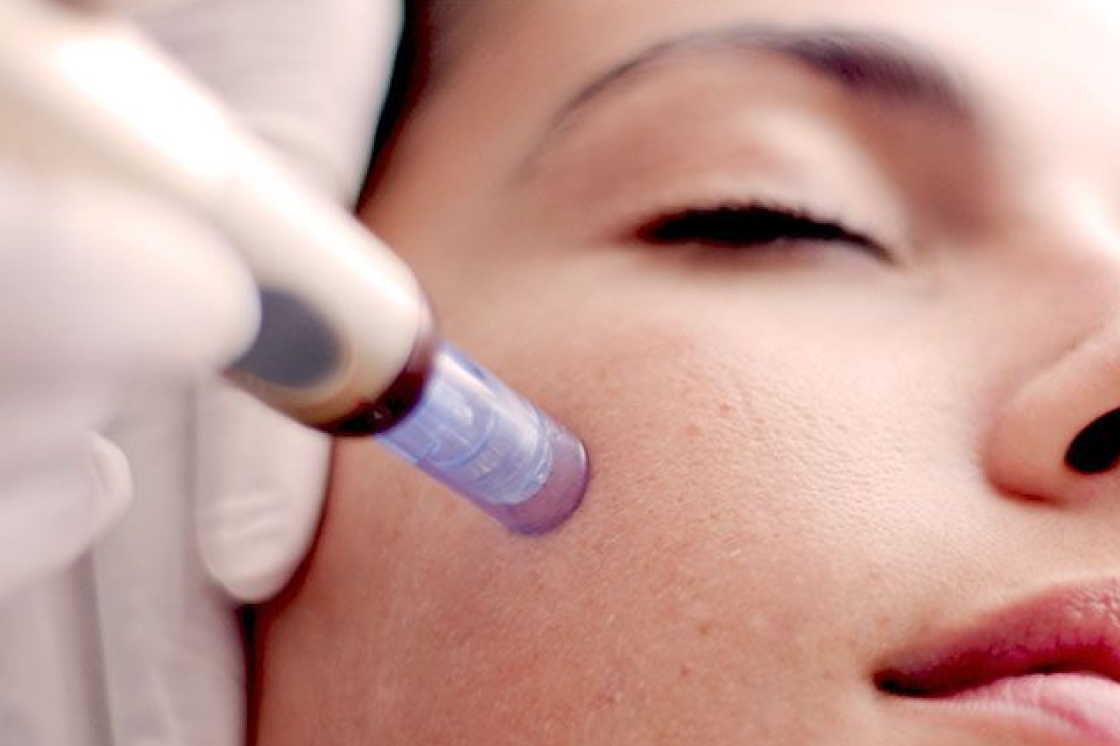PRP is a powerful means of regenerating tissues, and has pretty a pretty large growth in popularity among patients, especially those who suffer from alopecia. This is despite the apparently lack of evidence that supposedly surrounds the treatment.
Is It A Lack Of Evidence Or Just A Lack Of Funding?
The lack of widespread research may have more to do with funding than anything else. Many of the studies that are currently out there about PRP were unfunded, especially on the subject of Hair Regeneration. However, despite this lack of funding, the demand for PRP treatments for hair loss is growing at an unprecedented rate.
When it comes to PRP kits, there are three kinds to choose from. Ones that use gels, one that create a buffy coat, and one that creates a buffy coat utilizing a double spin. It is pretty unanimous that the last option creates the most reliable and concentrated form of PRP possible, at 5-7 times the baseline amount of platelets.
This concentration level also has the most nutrients which helps for the regeneration of blood vessels and stem cells. One commonly recommended tactic is to combine PRP hair regeneration with micro-needling with a topical layer of PRP. This may be beneficial in some cases.
Micro-needling is a way to create small amounts of trauma, which the body reacts to via a healing response. This response, mixed with PRP, can help to stimulate the growth of new cells.
In some instances, a dermatologist might have three sessions, with the first two being PRP injections, and the middle one being a micro-needling with a PRP topical solution. However, micro-needling is completely optional. Whether you choose to use this method or not, you will still be injecting the patient with PRP at the scalp.
Combining PRP with an Allograft Matrix
One thing that many hair regeneration experts do is combine PRP with an Allograft matrix. These are often used when healing wounds, as it changes inactive adult stem cells back into an active form. This makes the wounds heal faster.
This is because an allograft acts like a scaffold that proliferates cell regrowth and speeds up the healing process. Many experts in the fields have noted a high degree of success by using this method.
Allografts are generally made from using the bladder tissue of pigs. However, a better type of allograft is made from amniotic tissues and fluid. This type of allograft can be utilized with little or no chance of being rejected by the body, as opposed to those made from pig bladders.
Medications Vs PRP
The main drugs that are commonly used to regrow hair are Minoxidil and Finasteride. These were designed to be able to prevent male pattern hair loss, but did almost nothing when it came to regrowing lost hair. However, these drugs have been well known to only be temporary solutions, and if the patients stopped taking the drugs, the benefits of them would quickly reverse. These are also not 100% effective at stopping hair loss either, but it can slow the progression.
However, PRP is different. It may actually be the only treatment on the market that has been clinically proven to regrow hair and heal hair follicles. This means that it only only slows down hair loss, but actually helps with hair growth.
Many may ask how temporary the solution is, saying that the other drugs on the market are just temporary solutions. However, many pateints report that a PRP and allograft combination treatment was able to give them great results that lasted for nearly half a decade or more with just one treatment. However, each patient is indeed different.
Aside from drugs, we only had one other choice when it came to hair loss, and that was hair transplants. This is why PRP has been growing in popularity in hair regrowth groups lately. Although those other treatments are not obsolete in the slightest, adding PRP therapy can be both beneficial and safe to patients in the long run.
Some people combine the two, and use PRP alongside Minoxidil and Finasteride with little to no side effects seen to date. You can even combine PRP with laser light scalp stimulation therapy, but that is up to you.
So Try It Out
PRP for hair regeneration, skin rejuvination, and even facelifts is going strong with no sign of stopping. Many dermatologists have already taken the plunge, and since this treatment is not going anywhere anytime soon, it may behoove you to join in on it too.
For more information about PRP including equipment, check out the Adimarket website. We provide great tools for any practice to utilize.

